The Commodore 64 wasn’t just a home computer—it was a gateway to countless gaming adventures that defined a generation. From immersive RPGs to innovative life simulations and pulse-pounding action titles, classic Commodore 64 games showcased the creativity and ambition of developers in the 1980s. Some pushed boundaries with unique mechanics, while others laid the foundation for entire genres that would thrive for decades. In this article, we’re revisiting six standout classic Commodore 64 games—titles that not only captured the imagination of gamers at the time but still hold up as fascinating pieces of gaming history today.
Moebius: The Orb of Celestial Harmony
 Developed by Origin Systems and designed by Greg Malone, Moebius: The Orb of Celestial Harmony blends role-playing depth with side-scrolling action in a way that was ahead of its time. Originally released for the Apple II in 1985 and later ported to the Commodore 64, the game unfolds in the mystical land of Khantun—a peaceful realm thrown into chaos by the return of its corrupted former leader, Kaimen. With the Holy Ones kidnapped and dark monks terrorizing the land, players step into the role of a lone hero on a mission to defeat Kaimen and restore harmony.
Developed by Origin Systems and designed by Greg Malone, Moebius: The Orb of Celestial Harmony blends role-playing depth with side-scrolling action in a way that was ahead of its time. Originally released for the Apple II in 1985 and later ported to the Commodore 64, the game unfolds in the mystical land of Khantun—a peaceful realm thrown into chaos by the return of its corrupted former leader, Kaimen. With the Holy Ones kidnapped and dark monks terrorizing the land, players step into the role of a lone hero on a mission to defeat Kaimen and restore harmony.
What makes Moebius stand out is its karma system, which dynamically tracks the player’s moral choices. Whether you intimidate townsfolk with weapons or defeat enemies in battle, your karma changes accordingly. A high karma level unlocks better outcomes and powers, encouraging players to think carefully about every action. This spiritual balance mechanic brings a refreshing twist to the genre.
Combat is also unique, replacing turn-based mechanics with real-time, side-view fighting sequences reminiscent of Karateka. Players engage enemies using martial arts, fireballs, and shurikens—abilities that expand as the hero levels up. This hybrid of exploration and arcade-style combat gives Moebius a fast-paced edge while preserving the depth of an RPG.
The game’s artistic world design, innovative morality system, and bold fusion of genres led to a follow-up title, Windwalker. For those exploring Classic Commodore 64 Games, Moebius stands as a bold experiment that helped push the boundaries of what RPGs could be in the 1980s. It’s a lesser-known gem that still has something meaningful to say about balance, choice, and heroism.
Little Computer People
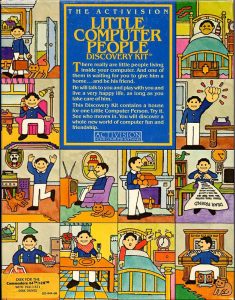
Released in 1985 by Activision, Little Computer People—also known as House-on-a-Disk—was a pioneering title that helped shape the future of life-simulation games. First developed for the Commodore 64 and later ported to other systems, it introduced players to a charming virtual house and its potential inhabitant: a quirky little character who, if he liked the space, would move in with his dog. Inspired by the Pet Rock craze, creator Rich Gold envisioned a “Pet Person” concept—someone you could observe, interact with, and care for through simple commands like feeding the dog or playing a game of cards.
This sandbox-style experience, refined by designer David Crane, focused not on winning but on interaction. Every time players loaded the game, their character followed a unique daily routine—reading, cooking, watching TV, or typing letters to the player asking for food, companionship, or just to share a thought. There were no levels, bosses, or objectives—just one small person living a quietly captivating digital life.
What made Little Computer People truly special was its human-like behavior, a technical and creative achievement for the time. Players could develop a connection with their character over repeated sessions, and that sense of continuity laid the groundwork for a genre that wouldn’t fully flourish until decades later. Titles like The Sims owe a creative debt to this charming and curious early experiment.
For fans revisiting Classic Commodore 64 Games, Little Computer People is more than a quirky footnote—it’s a milestone that turned passive screens into digital companionship and redefined how games could connect with players on a personal level.
Neuromancer
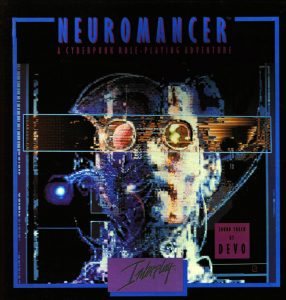
Released in 1988 by Interplay, Neuromancer brought William Gibson’s iconic cyberpunk vision to life in a way few games dared at the time. Designed for the Commodore 64, it casts players as a down-on-their-luck hacker trying to make sense of a dystopian digital world. Set in the seedy, neon-lit streets of Chiba City, the game challenges players to uncover the mystery of vanishing console cowboys, dive headfirst into cyberspace, and survive a tech-noir future laced with corporate espionage, satire, and sharp dialogue.
Unlike traditional point-and-click adventures of the ’80s, Neuromancer weaves in RPG mechanics and a deep hacking system. Players collect and install skill chips that unlock powerful tools for cyberspace exploration—each chip offering new ways to infiltrate networks, extract data, or dismantle corporate firewalls. The cyberspace segments feel like a game within a game, combining real-time strategy with puzzle-solving as players navigate a virtual matrix teeming with traps and defenses. This flexibility, along with branching paths and dialogue trees, made every playthrough feel personal and reactive.
What elevates Neuromancer is its ahead-of-its-time ambition. The game’s non-linear structure, dark humor, and complex themes around digital identity, power, and control give it an edge that still feels relevant. Players can tackle problems from multiple angles—using brute force, clever negotiation, or strategic manipulation of systems—giving the experience a layered and satisfying depth.
For fans of Classic Commodore 64 Games, Neuromancer is a standout title that pushed boundaries and proved that cyberpunk storytelling could thrive in interactive form. Despite its retro visuals and occasionally dated interface, it remains a rewarding experience that laid the groundwork for future genre-defining games like Deus Ex and Shadowrun.
Mountain King
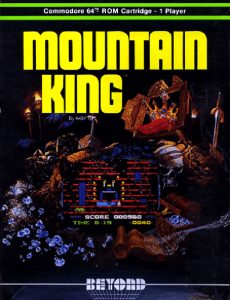
Few early titles capture the thrill of discovery quite like Mountain King, a 1983 release from CBS Electronics that proves simplicity and atmosphere are a potent combo. Built around just a few core mechanics—jumping, climbing, and flashlight exploration—the game creates a remarkably immersive underground world. The objective sounds simple enough: collect diamonds, summon the elusive Flame Spirit, claim the Golden Crown, and escape to the summit. But don’t be fooled—every moment is packed with tension, and a single misstep can ruin your run. There’s no combat here; instead, it’s pure adventuring, where smart navigation and time management are your best tools.
Part of Mountain King’s lasting appeal is its replayability. The open design invites players to explore freely, discover hidden treasures, and experiment with new routes. Just as you think you’ve mastered the mountain, bats appear to steal your crown or that ominous ticking clock reminds you to move faster. Each attempt becomes a personal time trial—refining paths, dodging hazards, and chasing perfection. And yes, the spider. The deeper you go, the greater the rewards… and the higher the chance that the terrifying giant spider comes calling. Its eerie presence turns every descent into a gamble.
But the true genius of Mountain King lies in its sound design. Where most games of the era relied on basic bleeps, this one dared to make music a core gameplay mechanic. As you near the hidden Flame Spirit, In the Hall of the Mountain King crescendos, guiding you by ear. Claim the Crown, and the triumphant fanfare kicks off a breathless dash to the peak, making audio feel like a second player. This smart integration of music and mechanics turns a simple game into a memorable experience.
For fans of Classic Commodore 64 Games, Mountain King remains a gem—one that proves great games don’t need sprawling maps or complex systems. Just a mountain, a crown, and a challenge worth chasing.
Mail Order Monsters
 Mail Order Monsters is a standout title from 1985 that blends real-time action with deep strategy, giving players the chance to build, customize, and unleash their own monstrous creations. Released by Electronic Arts for the Commodore 64, the game offers a surprisingly rich experience for its time. With 12 monster types and a vast selection of upgrades—ranging from flamethrowers and laser cannons to psi-helmets and extra limbs—each creature becomes a unique tool of destruction. Battles play out across varied maps, with environmental elements adding tactical depth, and three difficulty levels ensuring accessibility and challenge alike.
Mail Order Monsters is a standout title from 1985 that blends real-time action with deep strategy, giving players the chance to build, customize, and unleash their own monstrous creations. Released by Electronic Arts for the Commodore 64, the game offers a surprisingly rich experience for its time. With 12 monster types and a vast selection of upgrades—ranging from flamethrowers and laser cannons to psi-helmets and extra limbs—each creature becomes a unique tool of destruction. Battles play out across varied maps, with environmental elements adding tactical depth, and three difficulty levels ensuring accessibility and challenge alike.
The game’s longevity lies in its replayability. Every new match offers a different twist thanks to the sheer variety of monster combinations and game modes. Whether it’s full-scale combat, flag capture, or the co-op “Horde” mode, Mail Order Monsters never plays quite the same way twice. The tournament feature adds even more depth, allowing players to raise a roster of monsters over time, enhancing and evolving them through hard-fought victories. Multiplayer battles, though, are where the game really shines—forcing players to think beyond mechanics and respond to the unpredictable behavior of a human rival.
For those revisiting Classic Commodore 64 Games, Mail Order Monsters delivers a perfect mix of customization, strategy, and mayhem. While its menu-heavy interface can feel clunky by modern standards and the AI doesn’t always pose a serious threat, the game’s creativity and layered gameplay make it a lasting favorite. With charming pixel graphics and a design that encourages experimentation, it remains a cult classic that captured the wild, inventive spirit of early home computing.
Realm of Impossibility
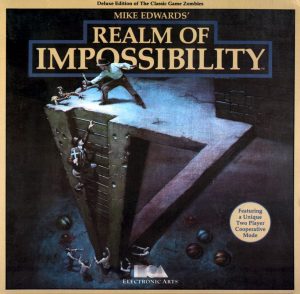
There’s something quietly magical about loading up Realm of Impossibility. It captures the spirit of early action-adventure games with surprising clarity, offering a gameplay loop that’s as eerie as it is engaging. Originally launched under the title Zombies before Electronic Arts rebranded it in 1984, the game proves that simple mechanics, when paired with smart design, can leave a lasting impression. Its isometric dungeon layouts don’t just challenge your reflexes—they distort your perception, blending medieval fantasy with dreamlike, Escher-inspired geometry that feels delightfully surreal.
Gameplay revolves around evasion and strategy rather than combat. Instead of charging at enemies, players drop crosses to block relentless foes while threading through increasingly complex chambers. Limited-use spells—like Freeze, Protect, and Confuse—introduce a light layer of tactics that keeps the action from feeling one-note. And while it’s perfectly playable solo, co-op is where Realm of Impossibility truly comes alive. Navigating mazes with a partner adds a cooperative tension that turns each close call into a shared victory. Every crown collected and key retrieved feels earned, especially when avoiding zombies, spiders, and snakes that can’t be defeated—only outwitted.
The game does have its quirks. Movement can feel stiff, and the angled perspective occasionally throws off your sense of direction. But these limitations are far outweighed by its unique charm and immersive design. The moment the game flips the objective—from exploration to escape—you’re left scrambling through once-familiar corridors, heart racing as time runs out. It’s clever, it’s atmospheric, and it sticks with you.
For fans of Classic Commodore 64 Games, Realm of Impossibility is more than a relic—it’s a reminder of how much could be accomplished with so little. It continues to draw players back, decades later, not with flashy graphics or complex systems, but with its mood, mystery, and minimalist brilliance.
Even after 40 years, the Commodore 64 holds a cherished place in the hearts of retro gaming fans. Whether it’s the strategic depth of Mail Order Monsters, the haunting puzzles of Realm of Impossibility, or the cyberpunk storytelling of Neuromancer, these classics keep pulling us in.
So, what about you? Which C64 gems still get regular screen time on your original hardware—or your favorite emulator? Share your favorites in the comments—we’re always on the hunt for a good excuse to dust off that beige keyboard.


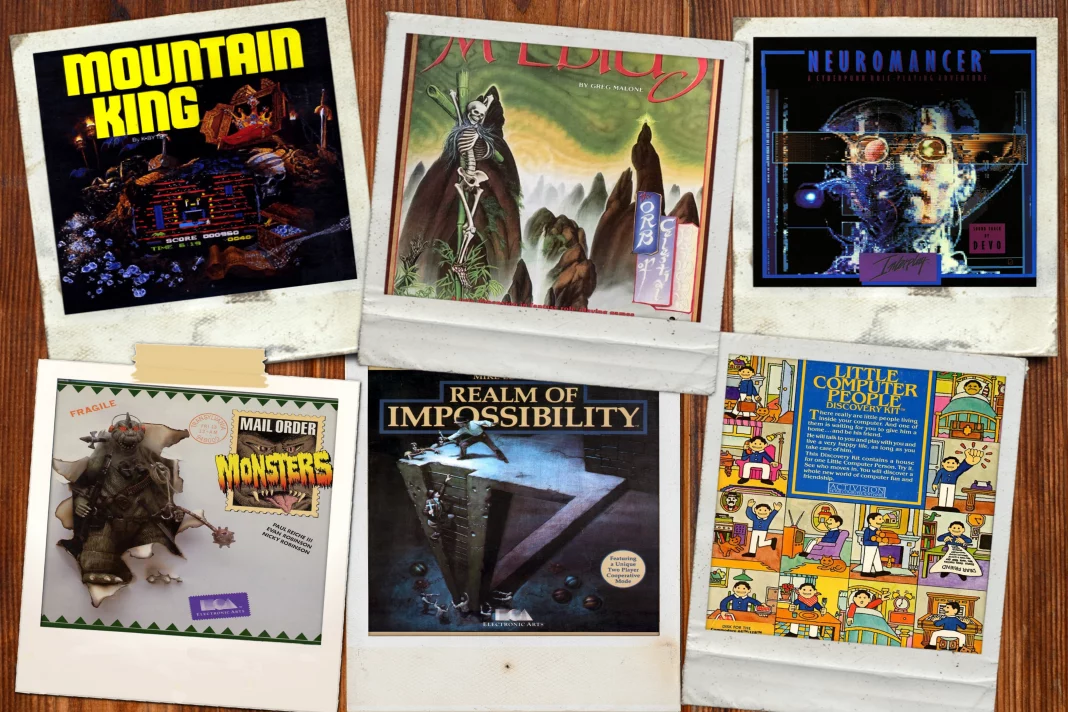




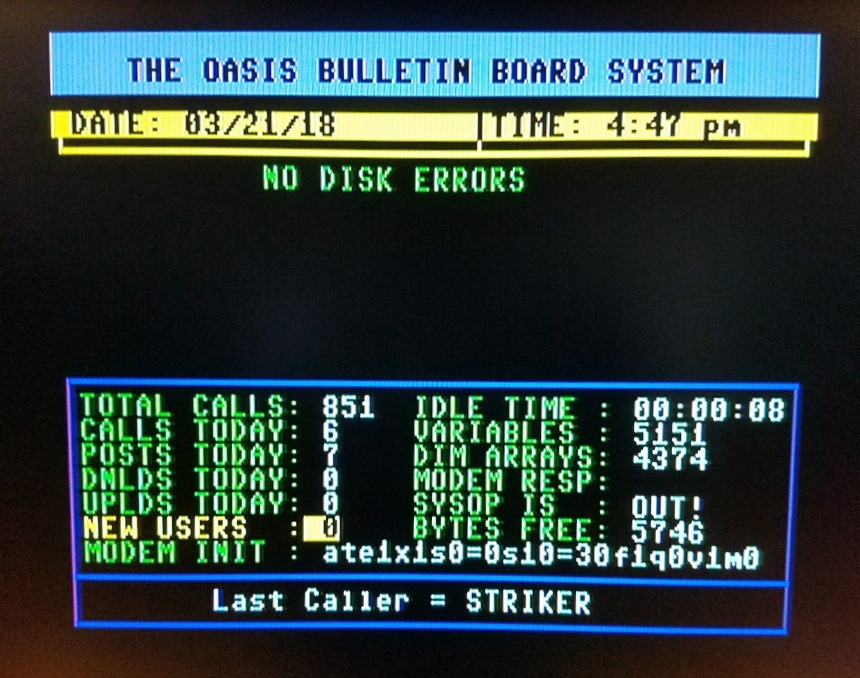
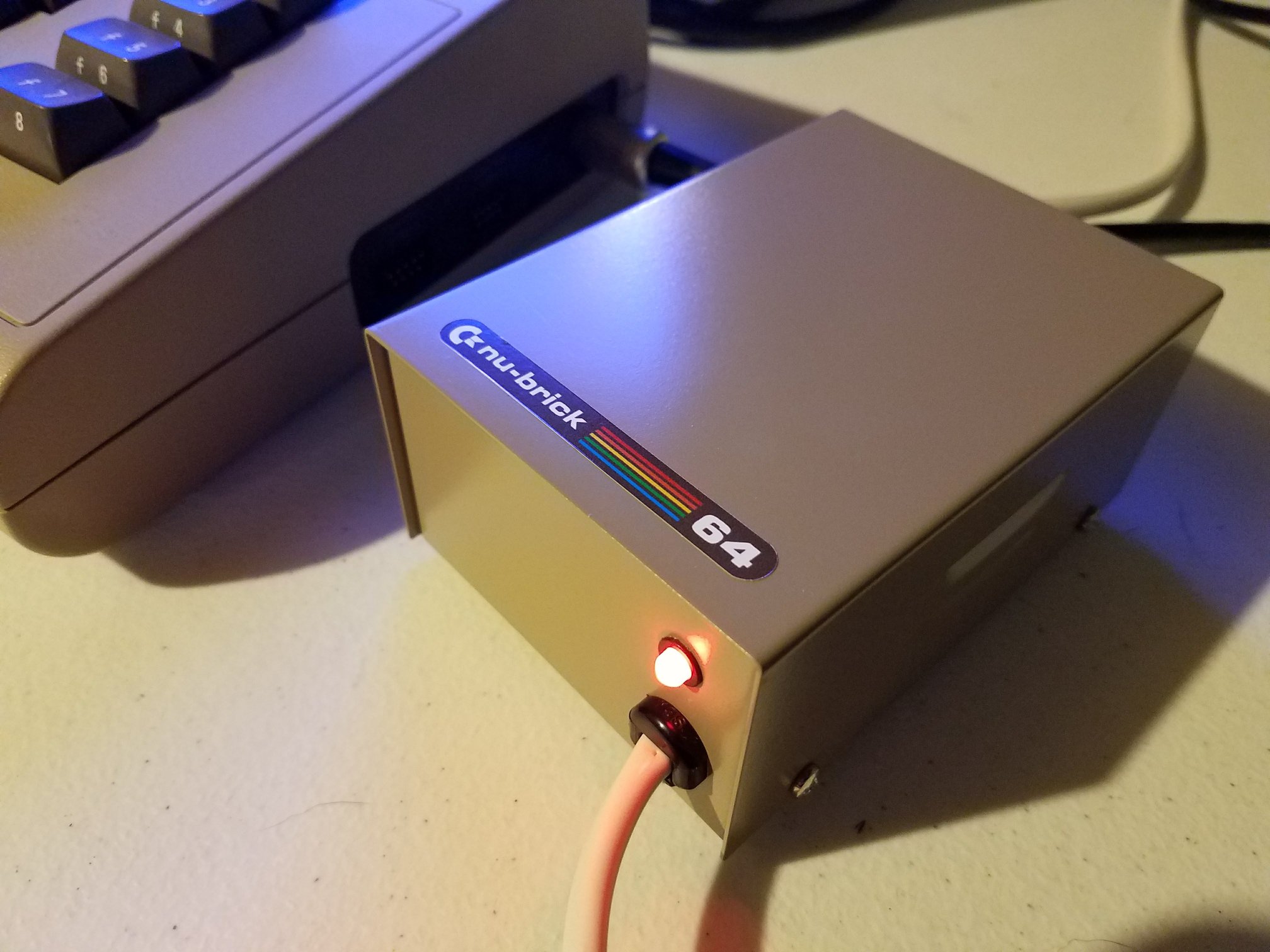
Nice article! I Rememebr fondly build my creatures on Mail Order Monsters. I’ll have to try the others. Neuromance sounds expecially good from your description.
Neuromancer is a good play-through and you won’t solve it in a day. BTW great alias from a great series of books. Not a name that you see much!